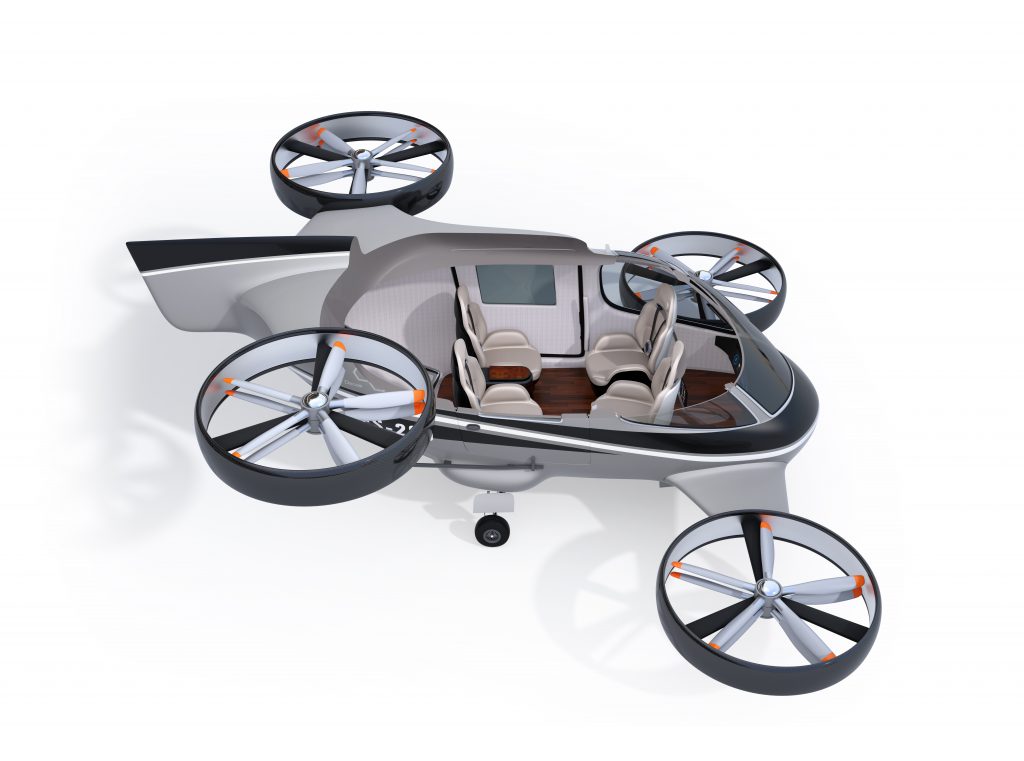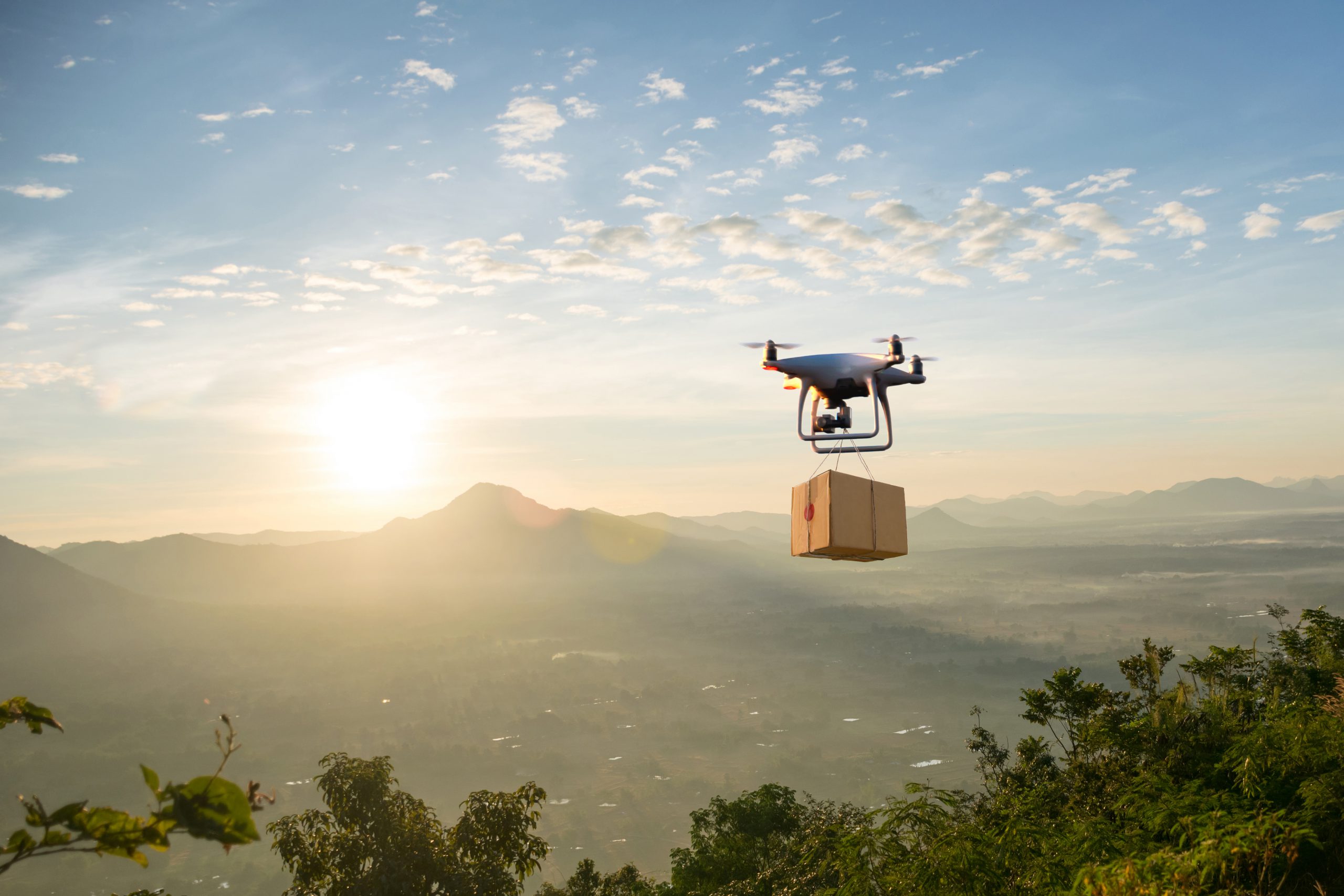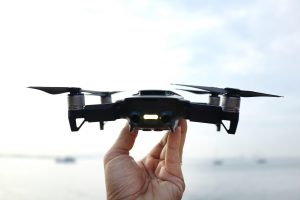
MILLIFOAM® core solution for next generation eVTOL drones
Introduction
The electrical vertical takeoff and landing (eVTOL) drone is the next generation of autonomous electric aircrafts that offers new state-of-the-art solutions for commercial and humanitarian air mobility applications (see Fig. 1). Therefore, the demand for light, strong and resilient composite structures to achieve maximum payload capacity and range increases significantly. With MILLIFOAM® thin hard foam sheets, 4a manufacturing offers innovative and sustainable core material solutions for new eVTOL drones to achieve excellence in lightweight design.

Figure 1: Illustration of eVTOL drone for human aid.
Challenges
One of the main challenges a eVTOL manufacturer will face is the limited energy capacity of the batteries. Although there is a lot of research going on to improve the battery technology like solid-state batteries, the battery will remain a limiting factor. In a n effort to increase the range and the payload of eVTOL system it is therefore desired to reduce the weight of all components as much as possible. This can be achieved by introducing thin foam layers in between GFRP or CFRP composites. Which also increases the overall stiffness at the same time.
Methods & Materials
As a robust and extremely light core material, MILLIFOAM® has been proven for the use in the aircraft industry over recent years. It is available from a density of 50kg/m³ and as a recyclable thermoplastic foam core material, it also allows to decrease the global carbon footprint. Due to the MILLIFOAM® technology and as schematically shown in Fig. 2, the foam is available from a thickness of 0,5mm up to 3,0mm with tight tolerances and superior surface quality. MILLIFOAM® can be provided as flat sheet, as foam-on-roll product or even as tailored and “ready-to-use” part, adjusted to your composite process.
Benefits With MILLIFOAM®, you benefit from a customized foam core solution, which is fitted to your specific requirements. This gives you maximum freedom in design, simplifies your internal workflow and increases your economic efficiency. This makes it the first choice when it comes to save maximum weight, to increase your drone performance and to contribute to sustainability at the same time (see Fig. 3). Furthermore, you benefit from a strong partner with long-term experience in the field of lightweight materials on your side.

